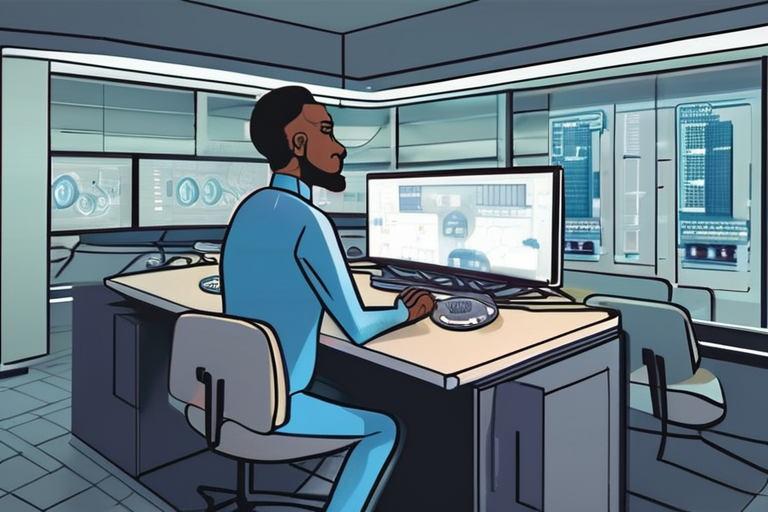Astronomers have discovered a surprise 'tail' on the iconic galaxy Messier 61 (M61), which may rewrite its history. The finding was made possible by the first test image from the Vera C. Rubin Observatory, a state-of-the-art facility in Chile that has just begun to deliver on its promise to rewrite cosmic history.
According to Sarah Pearson, an astrophysicist at the University of Copenhagen, the discovery of a stellar stream extending from M61 is a significant finding. "This is the first stellar stream detected from Rubin, and it's just a precursor for all of the many, many features we'll find like this," she said. The stellar stream is a trail of light that suggests M61 once tore apart a much smaller galaxy.
M61, located in the Virgo Cluster of galaxies, was first spotted in 1779 and has been a subject of interest for astronomers ever since. The galaxy is known for hosting a slew of supernovae and churning out new stars at a surprisingly high rate. The discovery of the stellar stream adds a new layer of complexity to our understanding of M61's history and evolution.
The Vera C. Rubin Observatory, which began its operations earlier this year, is equipped with a colossal camera that can capture vast amounts of data. The observatory's first test image, released just a few months after its debut, has already led to this significant discovery. The observatory's scientific survey is set to begin soon, and astronomers are eager to see what other secrets it will uncover.
The discovery of the stellar stream on M61 has implications for our understanding of galaxy evolution and the role of mergers in shaping the universe. "This finding highlights the importance of studying galaxy interactions and mergers, which are thought to play a key role in the evolution of galaxies," said Dr. Romanowsky, a co-author of the study.
The study, published in the Research Notes of the American Astronomical Society, is a testament to the power of cutting-edge technology and collaboration among astronomers. As the Vera C. Rubin Observatory continues to operate, we can expect to see more groundbreaking discoveries that will rewrite our understanding of the universe.
The Vera C. Rubin Observatory is expected to continue its operations, releasing more data and discoveries in the coming months. Astronomers are eagerly awaiting the next batch of data, which will provide further insights into the mysteries of the universe.



























Share & Engage Share
Share this article